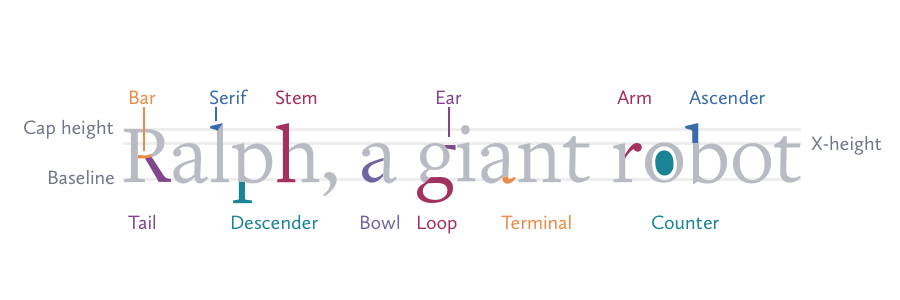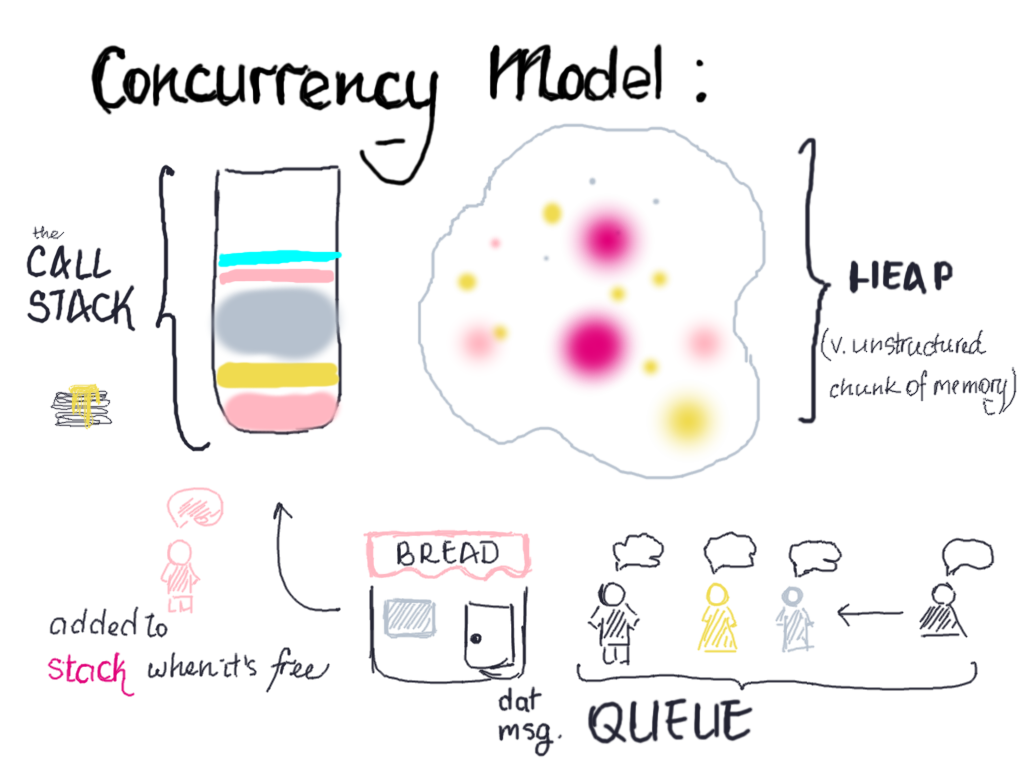Thanks to powerful new APIs at our disposal, you’ll see that developing a desktop app is not as scary as it sounds. This article explains how to get started. |  |
|
Wallaby.js provides instant feedback from your tests and realtime code coverage right in your editor, no more context switching. Now with test analytics and coverage reports.  |  |
|
A compile time transformation from JavaScript to OCaml, along with an OCaml implementation of the JavaScript builtin library. |
|
Dropbox recently rolled out same-site cookies to defend against CSRF attacks and cross-site information leakage. |  |
|
An overview of typography as a element of design for the web. |  |
|
Ira explains the concept of garbage collection and how it gets dealt with in JavaScript engines — in a beginner-friendly manner and using amusing sketches!  |  |
|
They’re offering 10% off any domain, including hundreds of fun extensions. Plus, Hover comes with the best support and domain management system. |
|
“The goal of this project was to create a fully self-learning agent, that would be able to control a car in a 2D bottom-down environment. Written solely in JavaScript.” |
|
“Nobody expects a ballerina to open a tech conference keynote. But that’s just what we did at Elastic{ON} 2017.” |
|
“As a rule, when people talk about WebRTC, they mean the organisation of audio and video connections, but this technology can also be used for other interesting things as well.” |  |
|
Chris has put together an in-deep overview of the considerations around Google’s AMP project. What it is, how it works, and whether it’s worth the investment. |
|
Eric argues setState() is hard on beginners and that they should use Redux. The community isn’t so convinced. My opinion? Redux is much harder on beginners than setState(). What do you think? |
|
|



Comments